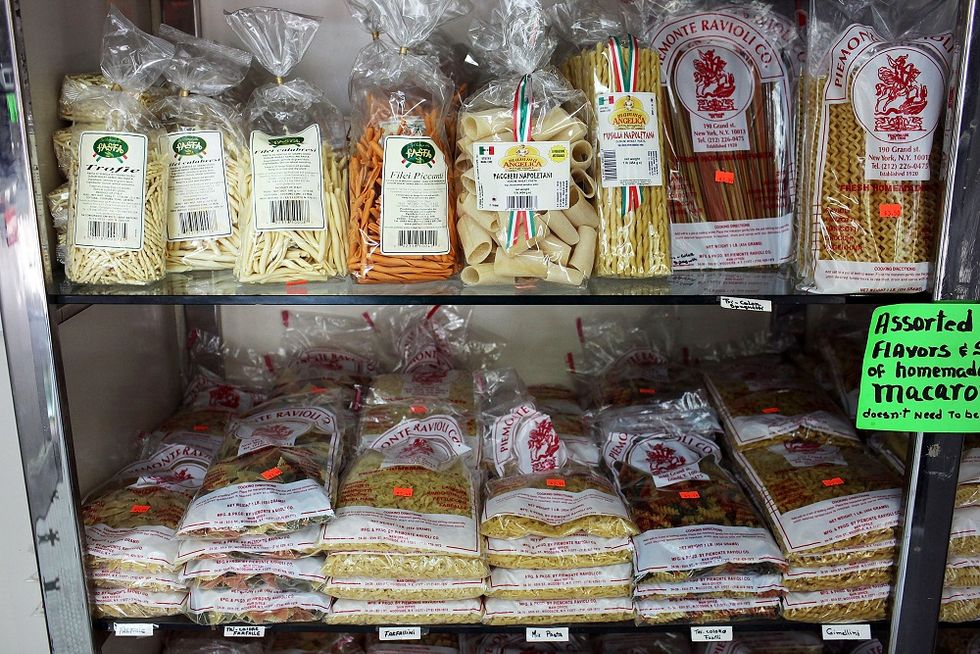What does The Economist think about Italian exports
How Italy can benefit from a better focused export strategy for food
Earlier this month, The Economist published an interesting analysis on European small food-makers, comparing the performances of Italian, German and Spanish producers.
According to a new set of data recently released by SACE, Italy's official export-credit agency, Italian companies are much less likely to have export customers than the German or the Spanish ones, no matter their size. Among companies with less than 50 employees, the Italian ones export less than 30 per cent of their production, while the German and the Spanish ones are closed to 50 per cent. Among companies with less than 250, the Italian can reach on average the target of 50 per cent, but the German are beyond 60 and the Spanish beyond 80 per cent. The scenario is even worse for companies with more than 250 employees: in Italy, their performance is not much better than the one of medium-size companies, while in Germany similar companies are used to sell 80 per cent of their entire production, and in Spain exports nearly reach 100 per cent.
Considering that Italian cuisine is popular all over the world, it sounds like nonsense that exports account for a smaller share of the Italian food industry's output than in many other European countries.
According to The Economist, "Western Europe's other big economies have a more consolidated grocery business, and each has at least one giant supermarket chain with extensive branch networks outside its home country, such as Tesco (Britain), Aldi (Germany), Carrefour (France) and Dia (Spain). Small food producers complain that such giants drive a ruthlessly hard bargain, but their scale and reach mean that the manufacturers have to deal with only a limited number of big customers, and those retailers often do the exporting for them, stocking their products in foreign branches. Italy, in contrast, does not have a globalised food retailer on the same scale, and its domestic market is fragmented: even those chains with national coverage often stock different products in different regions, chosen by different local purchasing managers."
The only way Italy can close this gap is by strengthening the already existing company networks, that is those webs made for "helping small firms reach new customers, by letting them pool resources on such things as market research, training and purchasing", and made them even more popular and reliable among small food-makers. Company who already have a consolidated presence in foreign market and are trying to export and made strenuous efforts to export more already proved this strategy successful. If the country succeeds in spreading it, it is certainly going to benefit from it.
Follow @castaritaHK


